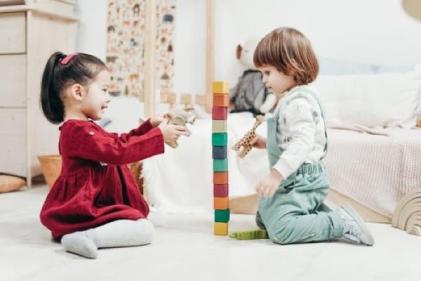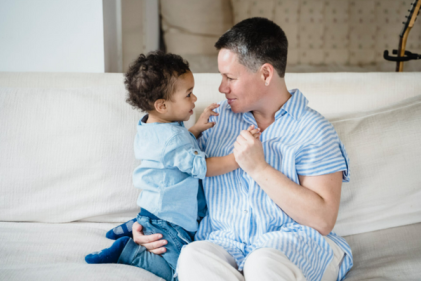We’re always keen to hear what topics our community of mums are interested in and recently many of you mentioned dealing with your toddler hitting the “terrible threes” stage.
Many of you read our previous post on "the terrible twos" and responded telling us that you’ve experienced these types of behaviours in slightly older children.
Naturally, “the terrible twos” doesn’t always occur at exactly two years old, sometimes your child’s behaviour changes as young as 18 months or as old as 36 months.
The problem with the “terrible threes” is older children can be more stubborn and may not react as well to the same behaviour reinforcement methods that worked well for a younger child.
These are some brief tips on how to survive the “terrible threes” relatively unscathed.
1. Label behaviours
Don’t underestimate the importance of language with a child of this age. Your child now has a good vocabulary and a much better grasp of what things mean compared to a younger child.
Explain clearly what is “good” behaviour and what is “naughty” behaviour.
Try to refrain from saying “good girl” or “bad boy”, instead refer to behaviours. For example, you can say “That was so kind of you” or “That wasn’t very generous” during playtime.
2. Give your child your full attention in small doses
We all get super frustrated when we’re trying to make an important call and our little one grabs the phone away or chases us around the kitchen when we’re trying to clean.
But chances are, if we slow down and give them some attention for a short period, we can figure out what it is they need and avoid a tantrum.
3. Look out for repeat offences
Kids aren’t really that different to adults, they have their bad habits and things they hate doing. Does your child always kick off when it’s time to play outside or get dressed?
Anticipate their reactions before they blow up into a tantrum and intervene before it happens. This can be allowing them to choose one item to wear or letting them turn a routine into a game.
4. Teach obedience in a positive way
Our little ones are not born obedient, it’s something they learn about throughout life. However, it is not that difficult to teach your toddler to want to be well-behaved or obedient.
You can do this by using positive reinforcement and praise when they follow your instructions. A simple hug or praise can make your little one feel amazing and more likely to want to help you along the way.
5. Consistency is key
Three-year-olds won’t be perfect all the time but establishing rules and consistent expectations will help.
For instance, if you ask your child to tidy their toys after playtime, make sure this is every single day.
Even if you’re feeling tired or stressed, don’t do the task for them or let it slide. This will give your little one the wrong message about rules and expectations.
6. Focus on effort, not outcome
It may take your child months to shed bad behaviours or complete certain tasks correctly so be patient with them and when you see them trying, praise and encourage them.
Star charts are a good way of doing this as you can track their progress on a certain day or week. It can be used for routines such as bedtime and potty training or just general good behaviour.
7.Check in with other caregivers
If your child attends a playgroup or is babysat by friends and family, are other caregivers applying the same methods and rules as you?
A difference in rules and structure between home and play school can make your child very confused. Talk to other caregivers and try and ensure you are all on the same page.












